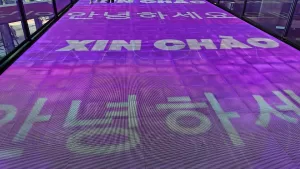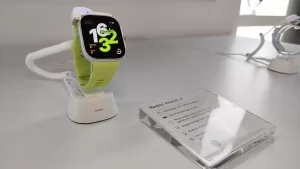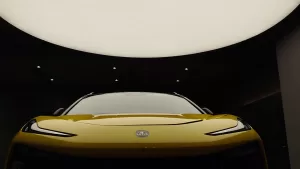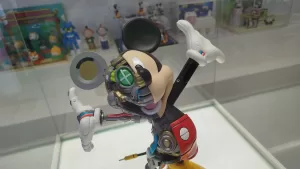Redmi Note 13 Review | Geek Lifestyle
The base model of the Redmi Note 13 Series is nothing short of marvelous all things considered.
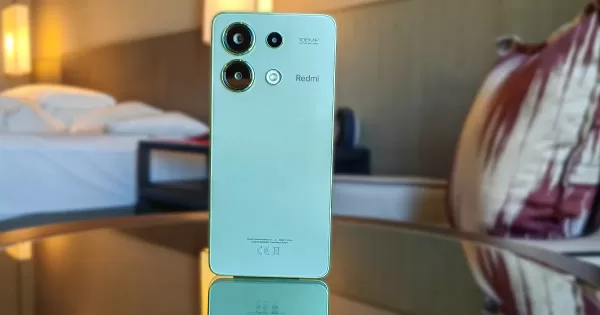
Attending the Redmi Note 13 Series global launch in Bangkok was an eye-opener for me. Not just because we got to see various Redmi models and accessories on the floor before anyone else, but because we also got a deeper understanding of the brand and the direction they’re heading.
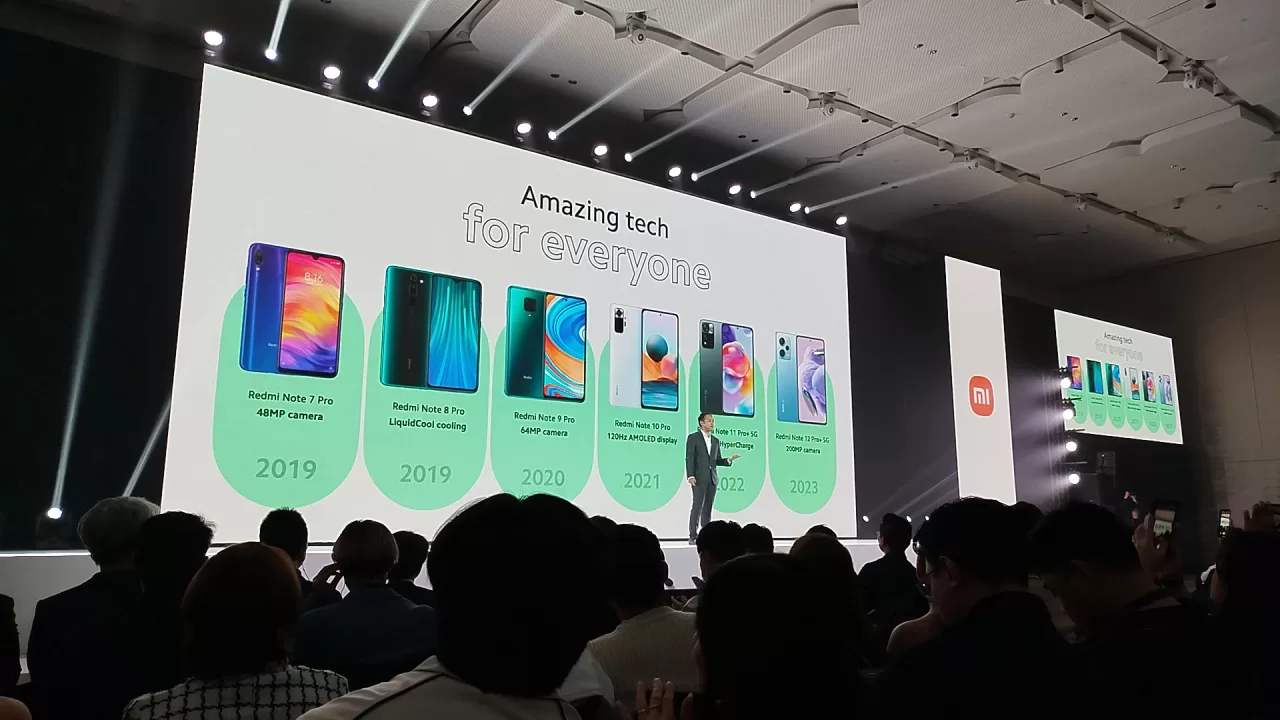
Xiaomi shook the handset industry when they first launched because of how ridiculously competitive their price-point is. This was achieved because the brand mainly sold their wares online, without the need to spend too much on marketing, brick & mortar infrastructures, and high-profile celebrity endorsements. This has changed over the years with more physical concept stores being opened and big named celebrities and KOL’s putting their face on a Xiaomi product. Despite this, the value-for-money ethos of the brand still reverberates until now and it perfectly calcified within the Redmi sub-brand.
Redmi, as a brand, aims to give a wider audience flagship-like features and experiences at a fraction of the cost of their mainline and subsequent competitors. We can clearly see this with the entire Redmi Note 13 Series as the smartphones announced and released all share features that, at one point or another, were only available for upper mid-range smartphones or even flagship phones.
Even at a price-point of Php 9,999, the base model of the series, Redmi Note 13 (4G) was able to keep some of those features.
Geek-sthetic

To start off, the Redmi Note 13 looks amazing with its Apple-esque candy-bar design. The flat sides lends to a firmer hand-grip, and despite being a sub-10k phone, the unit itself has pretty thin bezels – something uncommon for this price point. The rear case is void of any unnecessary markings and lends to an overall clean aesthetic. Even the rear camera modules seem to grow seamlessly unto the back plate giving off a Samsung Galaxy S24 vibe.
While it may not be the thinnest phone within the series, the slightly raised bezels give off the impression that the back is encased in a reinforced glass structure. And this could just be me, but it does lend to a more premium look and feel than what you’re actually paying for.
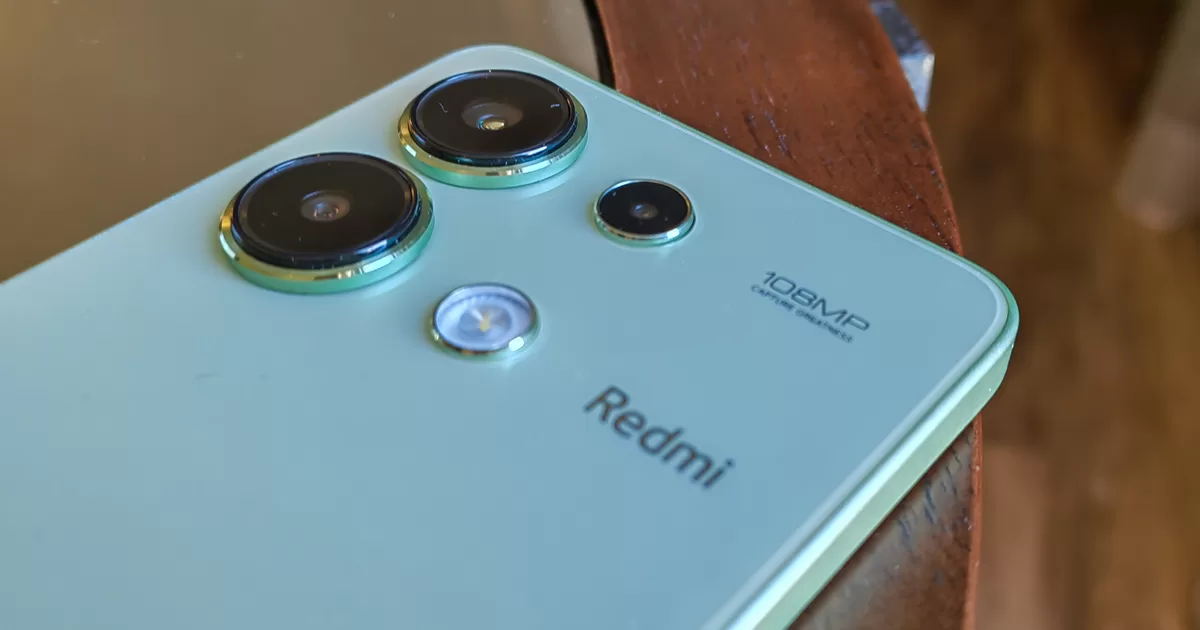
The Redmi Note 13 comes in 3 distinct colors: Midnight Black, Mint Green and Ice Blue. Out of the three the Mint Green is our favorite lending itself with a soft natural vibe that adds a pop of color to your wardrobe.
Binge-Watching Factor
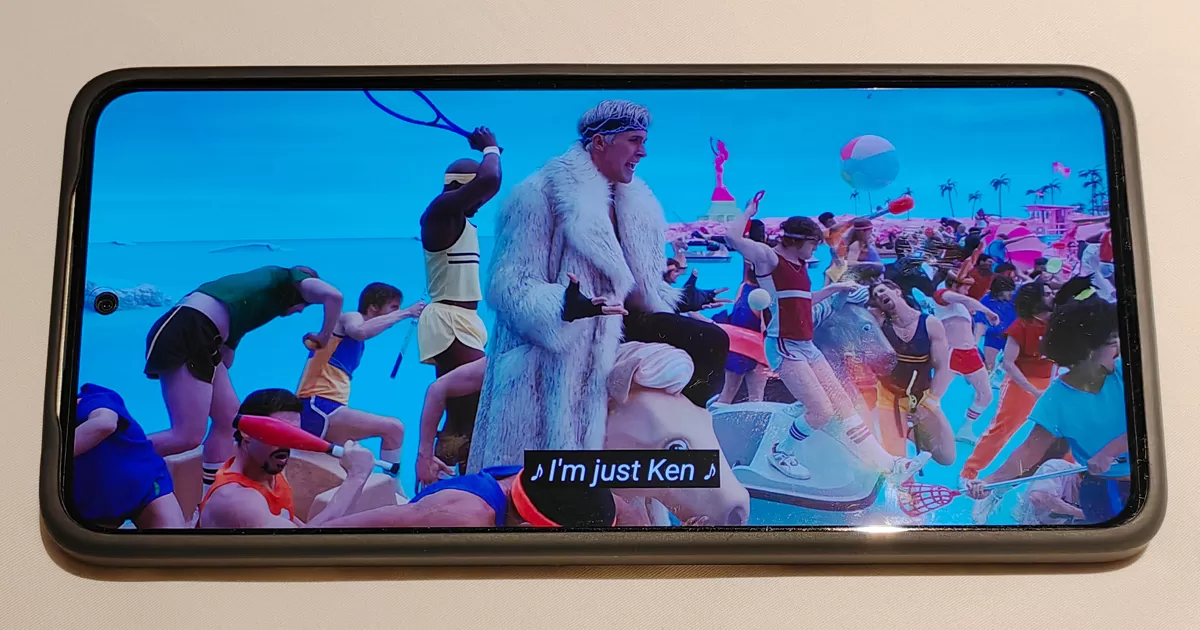
Surprisingly, the Redmi Note 13 Series all comes with AMOLED displays – and yes, even the entry-level offering of the bunch. The Redmi Note 13 has a large enough 6.67” FHD+ (2400×1080) AMOLED Display, something that we were thoroughly surprised to see given the price of the unit. And while most phones on this price-range will clock the max refresh rate at 90Hz (some even just going down to 60Hz), Xiaomi was able to bump it all up to 120Hz refresh rate (with 240Hz touch sampling rate). Screen is bright enough to view on any lighting conditions considering the phone can go up to 1800 nits’ brightness. That’s already hitting high-mid range to Flagship category brightness.
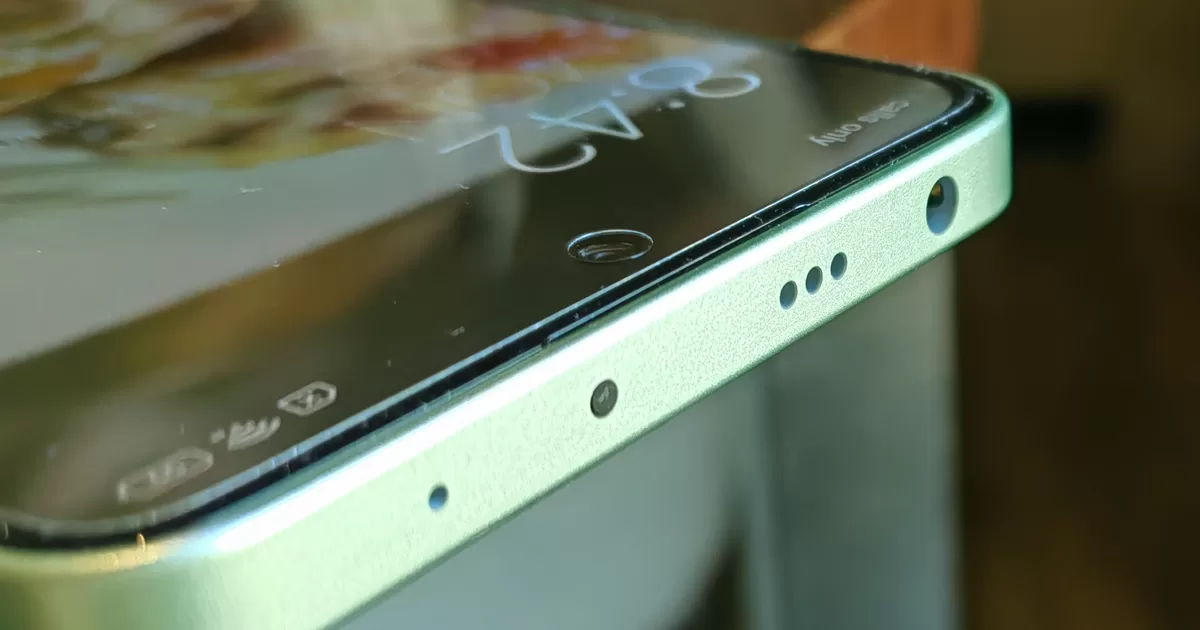
On top of that, Redmi has managed to put dual firing speakers on the unit and a 3.5mm audio jack! WHAT?! Yes! In a world where 3.5mm jacks are becoming obsolete, Redmi manages to still preserve this feature for those who still like to use their wired headsets. To round the entertainment immersion, the audio is supported (and enhanced) by Dolby Atmos as well.
How Xiaomi managed to keep the cost this low is beyond us.
Gaming Prowess
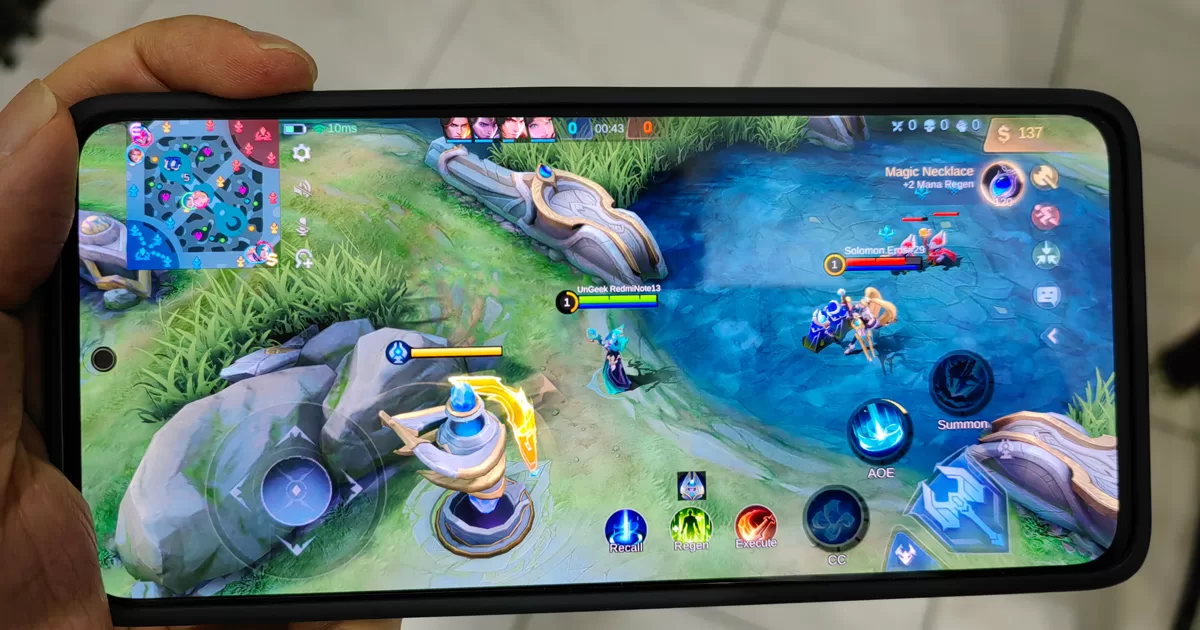
The Redmi Note 13 is powered a 6nm Qualcomm Snapdragon 685 Processor and up to 8GB of RAM and 256GB of Internal Memory. There was a time when 8GB /256GB configurations were reserved for higher mid-range models and we’re happy to see that the base model for the Redmi Note 13 has this to offer.
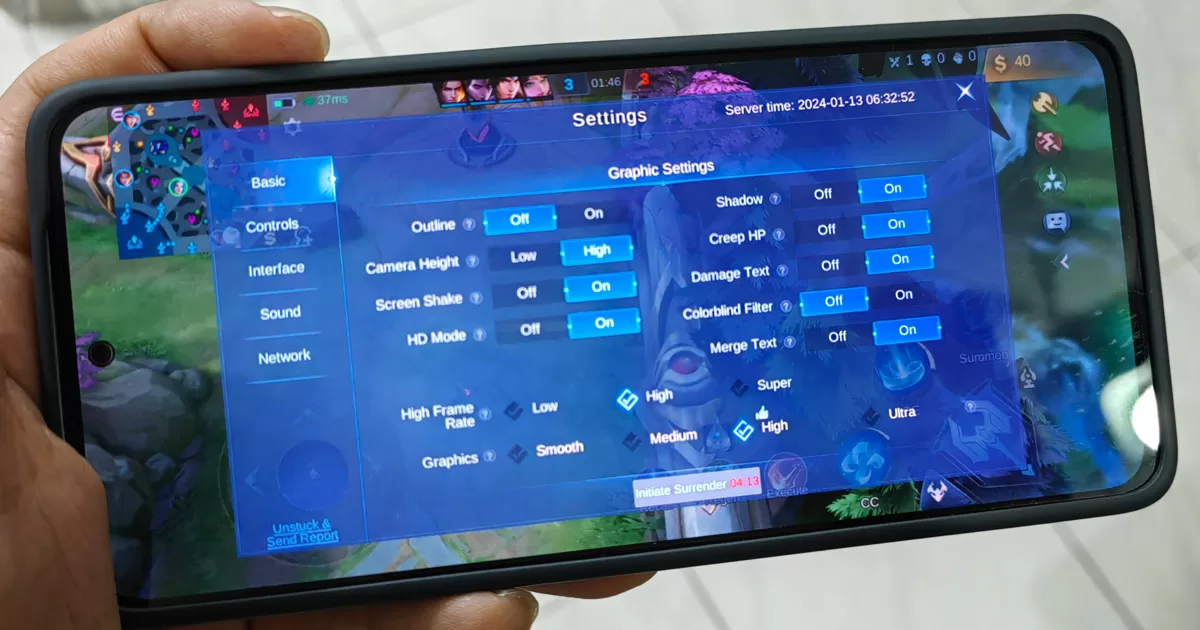
We tested it on our favorites games and the phone surprisingly handled them quite well especially for mobile games that aren’t too graphically demanding. For MLBB the Redmi Note 13 opens on High graphics and High framerates on default but you can clock it to Ultra if you want to. Just take note that the phone will eat up more resources and drain your battery faster at Ultra setting. And while frame-rate wise we didn’t find any slowdown in-game, you will feel the pinch a bit during menu/interface transitions. That being said, even if you keep the default setting, you can still enjoy playing the game because of the smooth display of the Redmi Note 13.
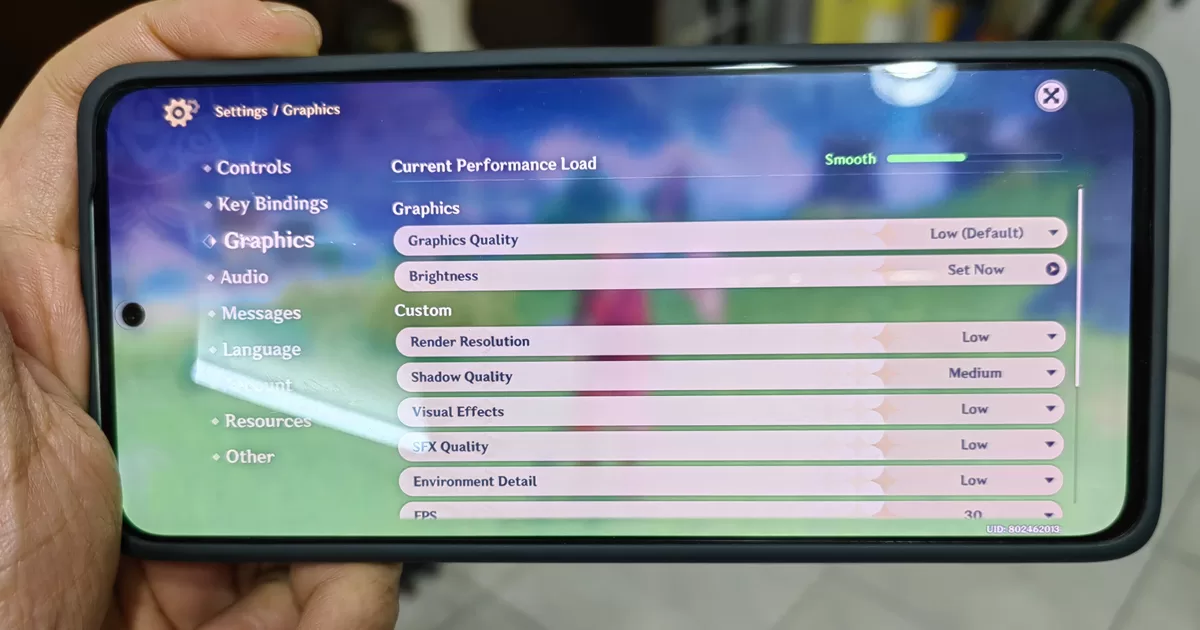
For more resource-hogging games like Genshin Impact, the phone will clock the graphics at low by default. Do not attempt to increase this if you want decent framerates. Keep the graphics to the lowest possible if you want better framerates, or else, you can just stick to the default 30fps with semi-decent graphics.
Geek Photoshoot Capabilities
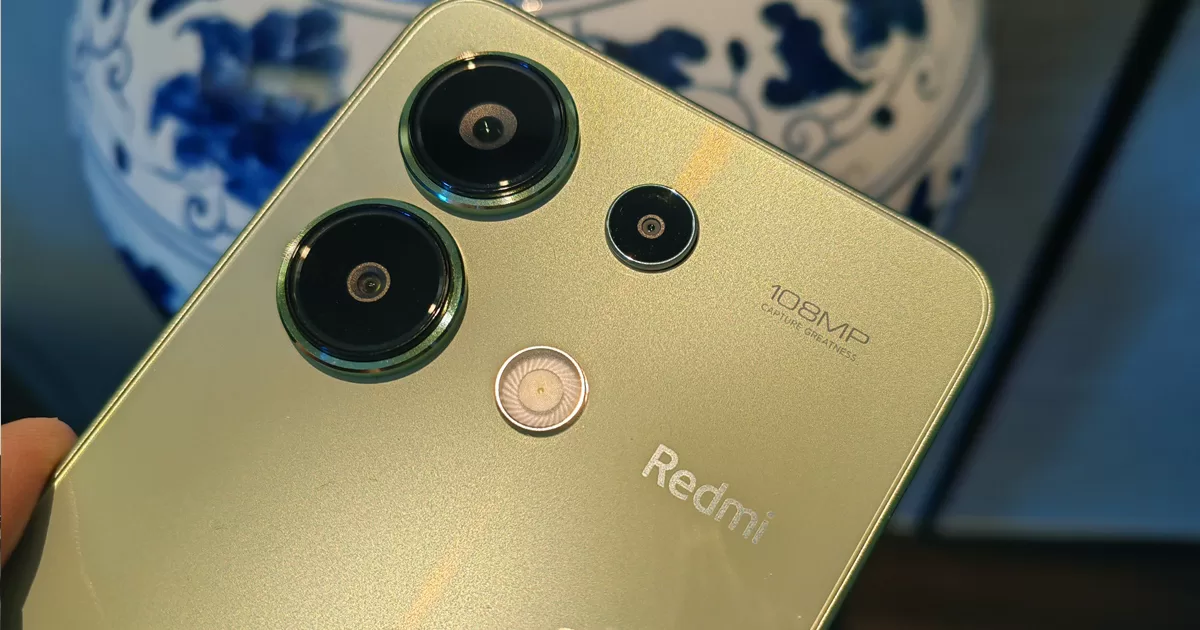
For photo enthusiasts, Xiaomi fitted the Redmi Note 13 with pretty capable rear shooter configuration. The rear camera module consists of a large 108MP (f/1.75) wide camera, an 8MP (f/2.2) ultrawide camera, and a 2MP (f/2.4) macro camera. On paper this configuration should be able to handle everyday photo requirements especially with in decently lit environments. The problem arises at night as the cameras do not have OIS (Optical Image Stabilization). You’ll need to be extra steady when taking night photography.
And as someone who’s hands shake a lot, it definitely poses a challenge. However, if you can keep still for a few seconds, you should be able to take decent night-time shots still – serviceable at best, but you’ll have to contend with some level of noise and photo grains.
We tried pushing the capability of the phone’s optic further by trying to shoot a vlog during our trip in Bangkok entirely with the Redmi Note 13. And while it’s not as crips and clear as we may have wanted to, it did manage to capture a lot of great moments.

Video still from the vlog we’re editing. Taken by the Redmi Note 13
As the phone does not have any major stabilization technology, you’ll want to keep the phone as still as possible or hook it up to a third-party mobile gimbal.
That being said, the Redmi Note 13 isn’t really created for videography. At best, it’s the 108MP Main Shooter that will take center stage. The phone will be able to capture images with greater detail because of this – but again, you will need a good amount of lighting to do so.
Here are some samples.
- Ultrawide Shot
- 3x Zoom
- Clear details
- Indoor Evening
- Portrait Sample with the Redmi Note 13
- Indoor Evening
- Dramatic Lighting Achieved!
- That color pop!
- Details are crisp
- Some Macro Shots here
Now, while we said that the phone struggles on the video front, we are very appreciative of the fact that the Redmi Note 13 has a wide-aspect ration mode if you want to make your shots a bit more cinematic. I mean, not a lot of phones have that option. And despite the fact that this particular unit isn’t really marketed for videos, the fact that it has that option just adds to the thrust of the brand to give more people flagship-like experiences.
To round things off, the Redmi Note 13 is equipped with a 16MP (f/2.5) front-facing camera. And while it may not be the biggest selfie camera there is, it produces decent shots as well.
For a sub-10 Thousand Peso phone we were actually expecting less from the phone’s photo and video capabilities. Despite its limitation, we’re pretty happy with its performance given the price point.
Everyday Reliability
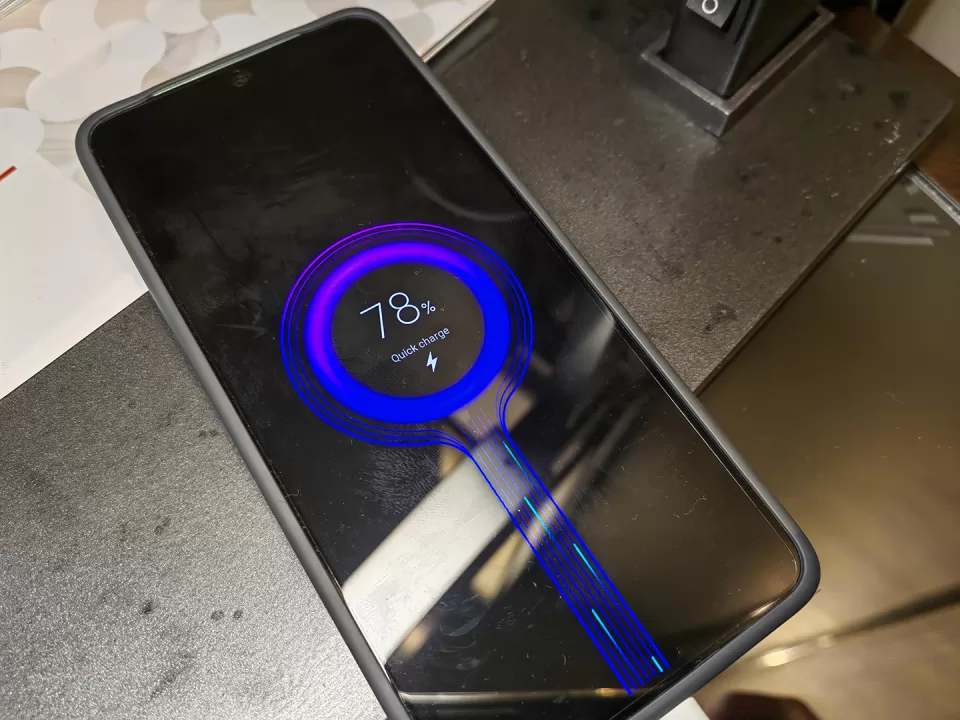
As we can already expect, 5000mAh battery is becoming the norm for smartphones this year, and the Redmi Note 13 has that large capacity battery as well. It also comes with a 33W Fast Charger –something that phones from this price-point often skip. In that regard we are thoroughly happy with how Redmi is really treating their consumer base well by giving them tech that could last them the entire day (and then some).
While the phone currently runs on Android 13 via MIUI 14, we can security and software updates for at least the next few years. 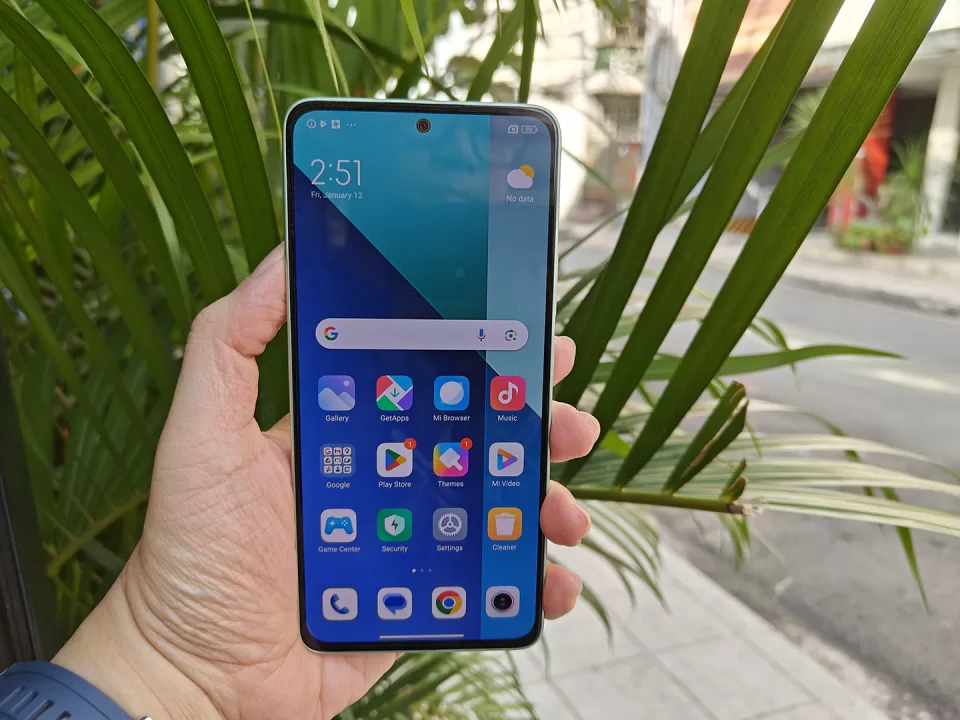
Lastly, the Redmi Note 13 (4G) are for those who may not yet find 5G service all that relevant (especially if you live in an area where 5G isn’t yet available). While I personally feel having a 5G phone allows you to be at least a bit more future-proof, 4G speeds aren’t all that bad.
Final Geek Lifestyle Verdict
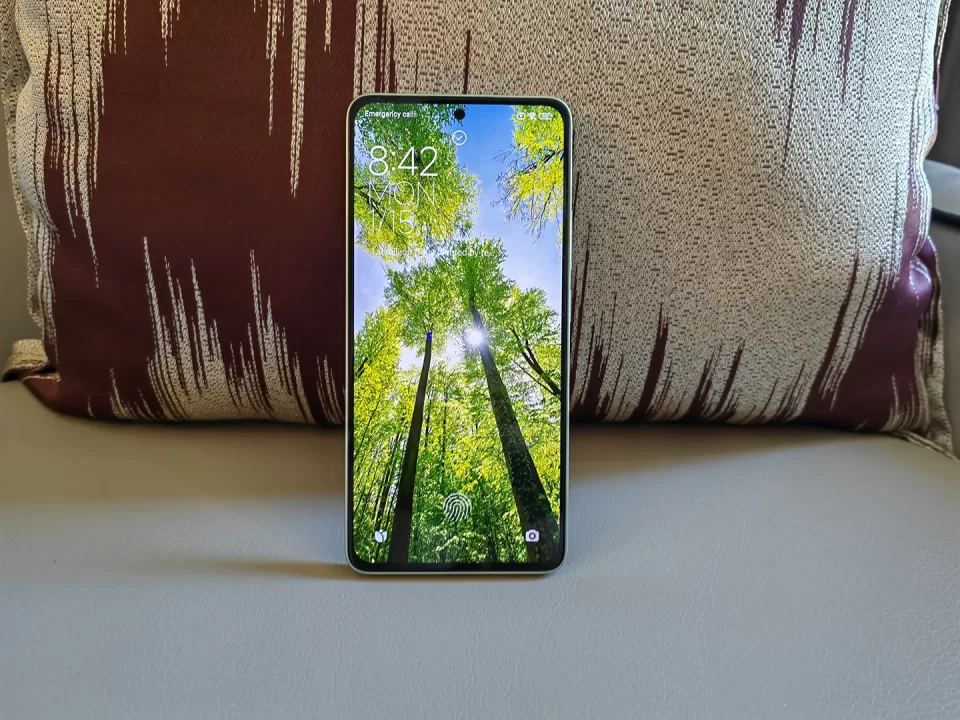
Overall, the Redmi Note 13 (4G) surprised us with what it can do granted the price point it commands. It’s hard to find a phone that is elegant, has decent internals, a pretty good camera for photography, large battery with fast charging and big enough memory for technically less than 10 Thousand Pesos.
The Redmi Note 13 (4G) starts at Php 7,999 for the 6GB/128GB variant and goes all the way up to Php 9,999 for the 8GB/256GB variant. If you’re in the market for a very good 4G phone that won’t break the bank, best to head to the nearest Xiaomi concept stores and partner retailers and give the phone a try.
Redmi Note 13 Specs:
- Qualcomm Snapdragon 685 Processor (6nm)
- 6GB/ 8GB RAM
- 128G/256GB storage expandable to 1TB
- 6.67-inch AMOLED FHD+ display (2400×1080), 120Hz refresh rate, Corning® Gorilla® Glass 3
- 108MP f/1.75 main + 8MP f/2.2 ultrawide + 2MP f/2.4 macro triple rear camera setup
- 16MP f/2.5 wide front camera
- 3G, LTE, SIM+ Hybrid SIM Slot, Bluetooth 5.1, NFC
- WiFi, Bluetooth, GPS, in-screen fingerprint sensor, ai face recognition
- USB Type-C, 3.5mm combo jack
- Dual Speakers, Dolby Atmos
- 5000mAh battery with 33W fast charging support
- MIUI 14 based on Android 13
- Midnight Black, Mint Green, Ice Blue
- Price: Php 7,999 (6GB/ 128GB variant) and Php 9,999 (8GB/245GB variant)












